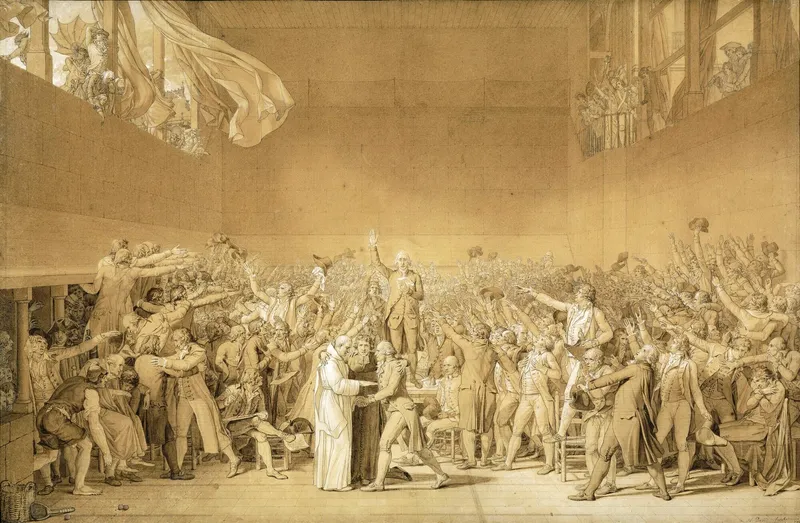Wimbledon and Beyond: Tracing the Evolution of Tennis Through History
Step into a time machine and trace the game of tennis from medieval times to the Open Era – a captivating evolution of a globally-loved sport
The tale of tennis is a fascinating journey, tracing its origins to ancient civilizations before blossoming into a globally-adored sport. Our tale spans epochs, traveling from medieval monastic cloisters to the lush green lawns of Wimbledon, taking us through history to unveil the emergence and evolution of modern tennis.
Medieval Beginnings and the French Connection
Tennis’s direct ancestor lies within the confines of 11th-century French monasteries, where monks began a new game of striking a ball back and forth within their sanctuary courtyards. This was "Jeu de Paume" or the "Game of the Hand" where the hands were used in place of rackets. It wasn’t long before this unconventional game, considered a diversion from monastic contemplation, spread across Europe like a playful contagion.
One theory suggests that the term 'tennis' itself derives from the French exclamation "tenez!", meaning "be prepared!", which was traditionally shouted during service. By the 14th century, an estimated 2,000 courts existed across Europe, the sport having spread from the monasteries to the noble and royal classes.
The Sport of Kings
Tennis caught the fancy of the French King Louis X, the first named tennis player in history. Known for his passion for the game, Louis X built the first indoor tennis courts and inadvertently helped popularize the sport. This passion, however, proved fatal when he died of pneumonia after an intense game and subsequent chilled wine.
The game also resonated with English royalty. Both Henry VII and Henry VIII were avid players, the latter infamous for playing the sport during the execution of Anne Boleyn. The Hampton Court Palace's tennis court, built by Henry VIII, still stands today. The 16th century also saw advancements in equipment with the introduction of wooden rackets and lighter cork balls.
The French Revolution and Beyond
As tennis progressed, it found a place in politics. When Louis XVI attempted to prevent the French Assembly from meeting in 1789, the members assembled at a royal tennis court near Versailles and took the historic "Tennis Court Oath," triggering the French Revolution.

The evolution of tennis continued through the 19th century, and what was once a game played primarily indoors transformed into "lawn tennis," marking the birth of the modern globally-popular game we know today.
The Birth of Lawn Tennis
Major Walter Clopton Wingfield popularized lawn tennis, creating the game's blueprint in 1873. The invention of bouncy rubber balls gave birth to a sport playable outdoors, capitalizing on the popularity of croquet's existing lawns. With rules and equipment sets in place, the game quickly gained popularity, eventually overtaking croquet and badminton.
The transformation was furthered when the All England Croquet Club, in 1877, held a lawn tennis competition in Wimbledon. The rectangular court and the unique 15-30-40 scoring system was born, and so began the annual Championship that added Lawn Tennis to their name.
A Modern Revolution
The late 19th and early 20th centuries saw tennis gaining international recognition with the inclusion of women at Wimbledon in 1884, the introduction of Doubles at Oxford in 1879, and the game being played at the first modern Olympic Games in 1896.
The emergence of professional tennis marked another critical milestone. C.C. Pyle created the first professional tennis tour in 1926. However, traditional norms barred these professionals from participating in amateur tournaments. This created a rift in the tennis world, with several players turning professional to earn a livelihood.
The landscape changed again in 1968 when the International Lawn Tennis Federation abolished the distinction between amateurs and pros, marking the beginning of the Open Era.
This evolution of tennis is a testament to the sport's resilience and adaptability. From its humble beginnings in French monasteries to its present-day grandeur at global events, tennis has traversed a remarkable journey. As we cheer on the champions of today, let us remember the rich history that shaped this beloved sport, always evolving, always enduring.







